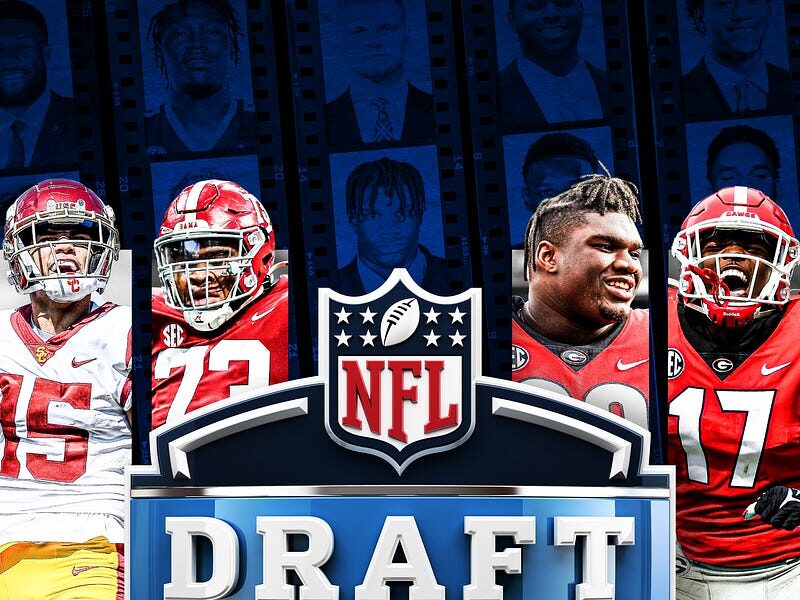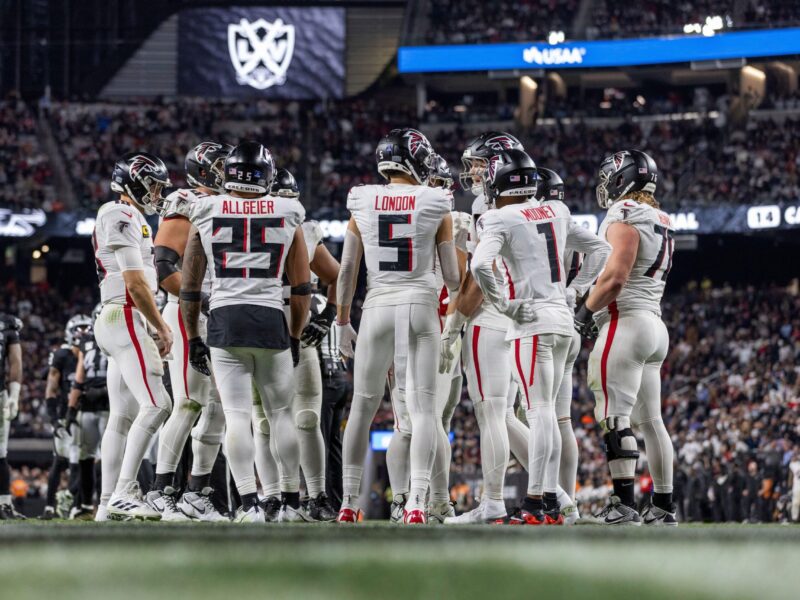The NFL, at its heart, is a game of strategy, athleticism, and constant adaptation. Nowhere is this relentless evolution more apparent than on the offensive side of the ball. What started as a brute-force, ground-centric game has morphed into a complex, high-flying spectacle that often resembles a chess match played at breakneck speed.

How did we get from “three yards and a cloud of dust” to the intricate Run-Pass Options (RPOs) and spread formations that dominate today’s game? Let’s take a journey through the major shifts that have defined NFL offensive philosophy.
The Early Days: Ground and Pound Dominance (Pre-1960s)
In the league’s formative years, the forward pass was often an afterthought, a risky proposition with rules that didn’t favor the offense. Formations like the Single Wing and later the T-Formation dominated, prioritizing a powerful running game. Quarterbacks were primarily blockers and handoff specialists. The goal was simple: establish physical dominance at the line of scrimmage and grind out yards. Passing was infrequent, often inaccurate, and heavily penalized by interceptions. Think leather helmets, muddy fields, and run, run, run.
Key Characteristics:
- Run-heavy schemes (T-Formation, Single Wing)
- Limited and often basic passing concepts
- Emphasis on blocking and physical dominance
- Quarterbacks not the central “stars” they are today
The Seeds of the Aerial Attack: Gillman, Brown, and the Vertical Stretch (1960s-1970s)
Pioneering coaches like Sid Gillman (Chargers) and Paul Brown (Browns/Bengals) began to truly unlock the potential of the forward pass. Gillman, often considered the “Father of the Modern Passing Game,” developed sophisticated route trees and concepts designed to stretch the field vertically. His offenses used timing, spacing, and precise routes to attack specific defensive weaknesses downfield.
Simultaneously, rule changes started tilting the balance slightly. While still challenging, passing became a more viable strategic weapon. Quarterbacks like Johnny Unitas and Joe Namath emerged as stars, capable of dissecting defenses with their arms.
Key Developments:
- Introduction of complex route trees and passing concepts (Gillman)
- Emphasis on stretching the field vertically
- Quarterbacks gaining prominence
- Early influences on timing and rhythm in the passing game
Air Coryell & The West Coast Offense: Precision and Efficiency (Late 1970s – 1990s)
Two distinct but revolutionary passing philosophies truly took hold during this era.
- Air Coryell: Led by coach Don Coryell (Chargers), this offense built upon Gillman’s vertical concepts but took them to an explosive level. Featuring Hall of Famers like Dan Fouts, Kellen Winslow, and Charlie Joiner, Air Coryell was defined by its aggressive downfield passing attack, often utilizing multiple deep routes simultaneously to stress defenses.
- The West Coast Offense: Perfected by Bill Walsh and the San Francisco 49ers dynasty, this system was a paradigm shift. Instead of primarily attacking vertically, the West Coast Offense emphasized horizontal stretches, using short, high-percentage passes based on precise timing and rhythm. The goal was to replace the traditional run game with short passes, allowing skilled receivers (and even running backs) to gain yards after the catch (YAC). Quarterbacks like Joe Montana and Steve Young became masters of anticipation and accuracy within this system.
Key Innovations:
- Air Coryell: Aggressive vertical passing, multiple deep threats.
- West Coast Offense: Horizontal passing, timing, rhythm, emphasis on YAC, high completion percentages.
- Further elevation of the quarterback’s strategic importance.
The Spread Takes Hold & Hybridization Begins (Late 1990s – 2000s)
Influences from college football, particularly the “Run and Shoot” and various spread formations, began to infiltrate the NFL. Offenses started using three, four, and even five wide receivers more regularly, forcing defenses to cover more ground horizontally and creating one-on-one matchups.
Coaches like Mike Martz (“The Greatest Show on Turf” Rams) combined vertical stretching with spread principles. The no-huddle offense also gained traction, allowing offenses to dictate tempo and limit defensive substitutions. This era saw the rise of athletic quarterbacks who could make plays both inside and outside the pocket.
Key Trends:
- Increased use of multiple WR sets (Spread formations)
- Blending vertical and horizontal passing concepts
- Rise of the no-huddle offense
- Emergence of more mobile quarterbacks
The Modern Era: RPOs, QB Mobility, Analytics, and Mismatches (2010s – Present)
Today’s NFL offense is a melting pot of all previous evolutions, supercharged by new concepts and data.
- Run-Pass Options (RPOs): Perhaps the defining concept of the modern era. RPOs allow the quarterback to read a specific defender after the snap and decide whether to hand the ball off or throw a quick pass, putting defenders in constant conflict.
- Designed QB Runs & Mobility: Quarterbacks are no longer just passers. Players like Lamar Jackson, Josh Allen, and Jalen Hurts are legitimate running threats, forcing defenses to account for an 11th potential runner on every play. This isn’t just scrambling; it’s integrated into the scheme.
- Personnel Flexibility & Mismatches: Offenses now excel at creating mismatches. Athletic tight ends (Travis Kelce, George Kittle) are essentially giant wide receivers. Running backs (Christian McCaffrey) are elite receiving threats out of the backfield or split wide. This versatility makes defenses incredibly difficult to predict.
- Analytics Influence: Data plays a huge role. Teams use analytics to determine optimal play-calling on specific downs/distances, evaluate the effectiveness of certain concepts, and make aggressive decisions (like going for it on 4th down) more frequently.
- Sophisticated Pre-Snap Motion: Offenses use more motion than ever to diagnose defensive coverages, create leverage, and confuse defenders.
Key Elements:
- Ubiquity of RPOs
- Emphasis on QB athleticism and designed runs
- Exploiting mismatches through versatile personnel
- Heavy influence of analytics on play-calling and strategy
- Complex pre-snap movement
What’s Next?
The evolution never stops. Defenses constantly adapt, forcing offenses to innovate further. Will we see even more positionless players? Will AI start influencing real-time play-calling? Could new rules further shift the balance?
One thing is certain: the journey from simple run plays to the multifaceted, dynamic offenses of today is a testament to the creativity and strategic depth of football. The next big offensive revolution is likely already brewing on a whiteboard somewhere, waiting to change the game once again.
What do you think has been the most impactful offensive evolution in NFL history? What trends do you see shaping the future of offense? Share your thoughts in the comments below!

